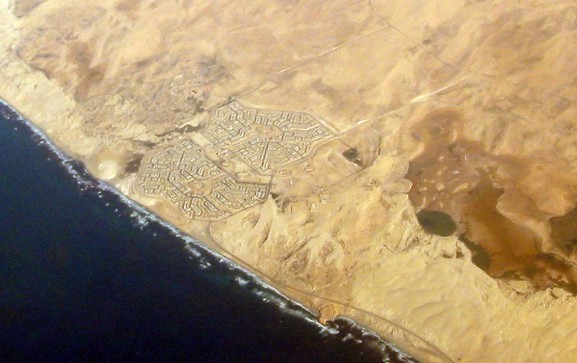
Libyan Development
Since 2011 Libya has become a hotbed for terrorist organizations and non-state actors to thrive, with little governance, high poverty and high unemployment levels. The disorder is bleeding into surrounding states such as Egypt and Tunisia, and empowering Al Qaeda and ISIS-linked groups. In order to regain stability in the area, it is important to look at the economic situation that preceded Libya’s Arab spring, and what should be implemented to create a stable region moving forward.
Under Gaddafi’s regime, Libya’s economy was privatized and opened up to foreign investment. Many international brands operated there for the first time, and the country had an appearance of progress. However, the reality was anything but an open market. Similar to Assad in Syria, Gaddafi’s inner circle controlled the economy and benefitted immensely. For example, his sons disputed about rights to the Libyan Coca-Cola franchise, while Gaddafi’s own Libyan Olympic Committee owned 40% of it. The energy sector comprised more than 60% of the country’s GDP, but employed only 3% of the workforce. Libya had the fifth highest GDP in Africa, but an estimated 1/3rd lived below the poverty line. Gaddafi’s government implemented free education, healthcare, and subsidized housing when they came to power in 1979, as well as massive land and wealth redistribution. But instead of equality, these policies fostered corruption, as government officials often took the seized land and wealth for themselves. Social inequality, poor governance & corruption, youth unemployment, and economic disparities led to the Libyan uprising in 2011.
Following the revolution, Libya has been left with an economy based primarily on the hydrocarbon industry, and unsustainable spending. The IMF has estimated that Libya will become a net oil importer between 2045 and 2055, as it consumes 50-60% of its own hydrocarbons. Unlike Oman and Dubai, Libya’s oil revenue money has not been invested in long-term development. The government has yet to search for alternative energy sources or look into energy conservation. Libya has not invested in sectors which could support job creation, such as tourism, infrastructure, and transport. The government is highly destabilized; the country has a high poverty rate and 400,000 internally displaced persons. Two million people have fled the country due to the continual violence between warring militant groups fighting for control over the country.
Noting the difficulty of revitalizing a country after times of conflict, Professor Robert I Rotberg contends “War-ravaged citizens will tentatively support reconstruction efforts only once they are certain that legal safeguards and legal redress will be available”. In order to achieve economic advances, a government must be formed that can protect private sector traders, create a uniform legal system, and legitimately enforce its own laws. Additionally, the education system has to be shifted to prepare the youth with vital economic skills, through which they can acquire jobs, or create their own within the private sphere. Unfortunately, none of the policies needed to protect this country from radical extremism can be implemented without first gaining control over the regions currently controlled by armed Islamist groups.
Ultimately, Libya’s economic situation cannot be addressed until those within Libya come to a resolution on how to govern the country. Without that resolution, all the development resources in the world will not be enough to get Libya completely back on its feet.





